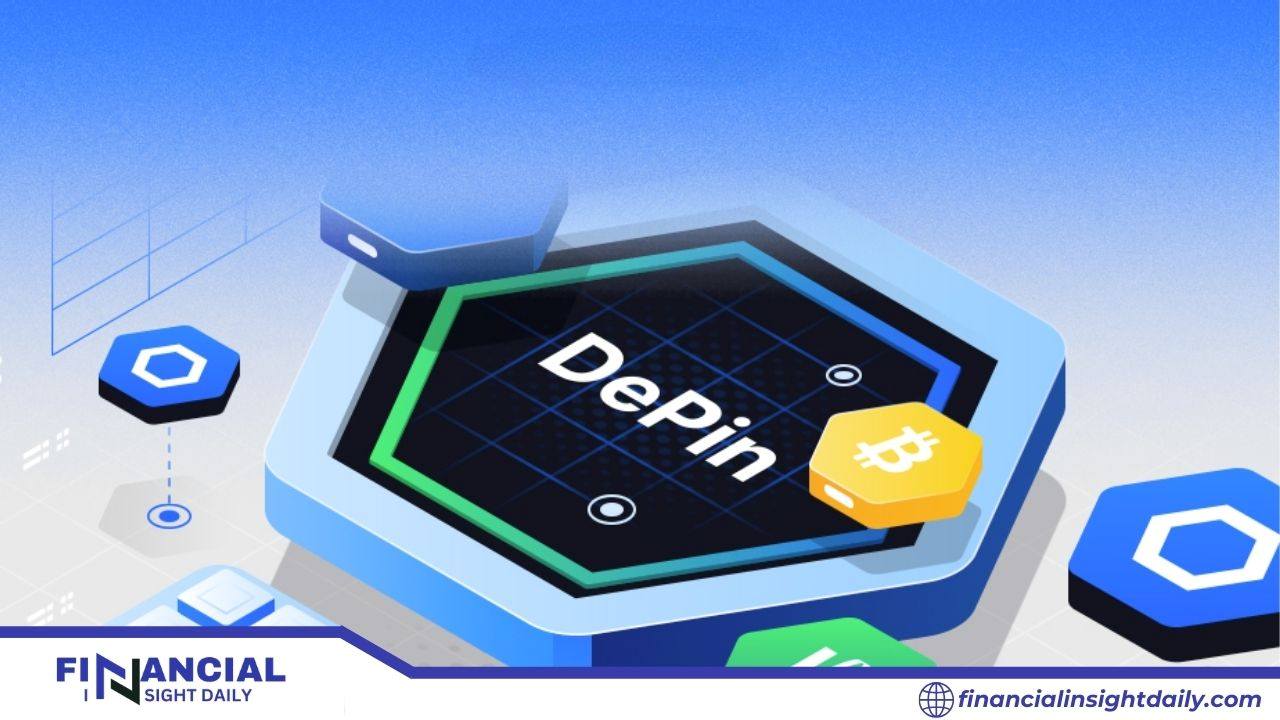As blockchain technology continues to evolve, its integration with physical infrastructure marks a groundbreaking development that promises to reshape industries. DePIN applications in practice are not merely a theoretical concept but a practical solution actively changing the way we think about resource management, transparency, and efficiency. By combining the decentralized power of blockchain with real-world infrastructure, DePIN creates systems that are not only more transparent and secure but also remarkably efficient and scalable. These applications are proving to be game-changers across various sectors, from energy to healthcare and supply chain management, setting a new benchmark for technological innovation.
In this article, we will explore the transformative potential of DePIN technology, delving into its fundamental principles, key features, and the wide-ranging impact it has already demonstrated. Whether you’re a blockchain enthusiast, a tech-savvy entrepreneur, or someone simply curious about the next wave of innovation, this comprehensive guide will shed light on why DePIN applications in practice are being hailed as a pivotal moment in the blockchain revolution.
What is DePIN?
DePIN, or Decentralized Physical Infrastructure Networks, represents a novel concept in blockchain that bridges the gap between digital and physical worlds. Unlike traditional decentralized systems that primarily deal with data and assets, DePIN focuses on integrating physical resources into blockchain ecosystems.

Key Features of DePIN
- Decentralization: Eliminates centralized control, promoting transparency.
- Scalability: Adapts to increasing demands with robust networks.
- Interoperability: Seamlessly connects with other blockchain and physical systems.
- Real-World Impact: Directly integrates physical infrastructure like energy grids and IoT devices.
DePIN Application in Practice
Decentralized Energy Grids
DePIN enables decentralized energy distribution by integrating renewable energy sources into blockchain networks. These grids allow households to trade surplus energy directly, reducing reliance on centralized utilities.
Example: Platforms like Power Ledger utilize blockchain to facilitate peer-to-peer energy trading.
Supply Chain Management
With DePIN, companies can monitor goods throughout the supply chain, ensuring transparency and reducing fraud.
Example: Combining IoT sensors with DePIN enables real-time tracking of shipments, enhancing efficiency.

Smart Cities
DePIN plays a pivotal role in creating smart city infrastructure. From decentralized traffic management to autonomous public services, the applications are endless.
Example: Integration of blockchain with IoT devices for traffic control ensures real-time decision-making.
Healthcare
The healthcare sector benefits immensely from DePIN application in practice. Secure patient records and decentralized telemedicine platforms are just a few examples.
Example: Medical devices connected via DePIN ensure secure data sharing and timely diagnosis.
Advantages of DePIN
- Enhanced Security: By decentralizing control, DePIN minimizes vulnerabilities associated with centralized systems.
- Increased Efficiency: DePIN optimizes resource utilization, reducing wastage and operational costs.
- Greater Transparency: All transactions and interactions within DePIN networks are recorded on the blockchain, ensuring accountability.
- Cost-Effectiveness: Eliminating intermediaries lowers costs, making services more accessible.

Challenges of DePIN
- High Initial Costs: Setting up decentralized infrastructure networks requires significant investment.
- Regulatory Hurdles: Compliance with regional laws and standards can be a major obstacle.
- Technological Complexity: Integrating physical infrastructure with blockchain demands advanced technical expertise.
- Adoption Barriers: Mass adoption of DePIN systems relies on awareness and understanding among stakeholders.
DePIN vs. Traditional Infrastructure
- Centralization vs. Decentralization: Traditional systems rely on central control, while DePIN operates on decentralized frameworks.
- Transparency: DePIN provides unmatched transparency compared to opaque traditional systems.
- Efficiency: Decentralized networks optimize processes, reducing bottlenecks.

Future of DePIN Applications
The future of DePIN application in practice is incredibly promising. As industries strive for more sustainable and efficient solutions, DePIN is set to revolutionize sectors like logistics, energy, and healthcare. The integration of artificial intelligence and blockchain into DePIN systems will further enhance their capabilities, creating smarter and more adaptive networks.
In summary, DePIN application in practice exemplifies the immense potential of blockchain beyond digital transactions. By seamlessly integrating physical infrastructure, DePIN is not just a technological innovation but a step toward a more connected and efficient world. Whether it’s decentralized energy grids, smart cities, or transparent supply chains, DePIN is shaping the future of decentralized systems.
For more insights into DePIN and the blockchain revolution, visit Financial Insight Daily. Stay updated on the latest trends and innovations driving the decentralized revolution!
